All images courtesy of Getty Images/Wiki Commons


By Andrew Daly & Joe O’Brien
andrew@vinylwriter.com
joe@vinylwriter.com
Within the dark, cavernous archives of history lies treasure troves of albums laying in wait, yearning for discovery.
FM radio, Spotify, and biased music critics will have you believe otherwise, but if you’re willing to dig deep, there’s more to rock music than meets the eye.
Progressive rock and heavy metal were perpetuated solely by Rush and Black Sabbath. Is that right? We’ll find out.
Guitar innovation and the multi-axe approach were mostly pioneered by Judas Priest and Thin Lizzy and then perfected by Iron Maiden, right? Not so much.
History is full of misgivings, false memories, and shoddy revisions that have come to define the running narrative of what popular music should be. But the reality is far different; it could be so much more.
Are you willing to expand your horizons from what you thought you knew and enter a void of incredible musical experiences?
If so, read on below and as we crank the dial back to the ’70s, a time of musical exploration on all fronts and a period where rock and metal musicians of all ethos either came to be remembered or were left for dead, forced to walk long, and winding roads into the abyss of obscurity.
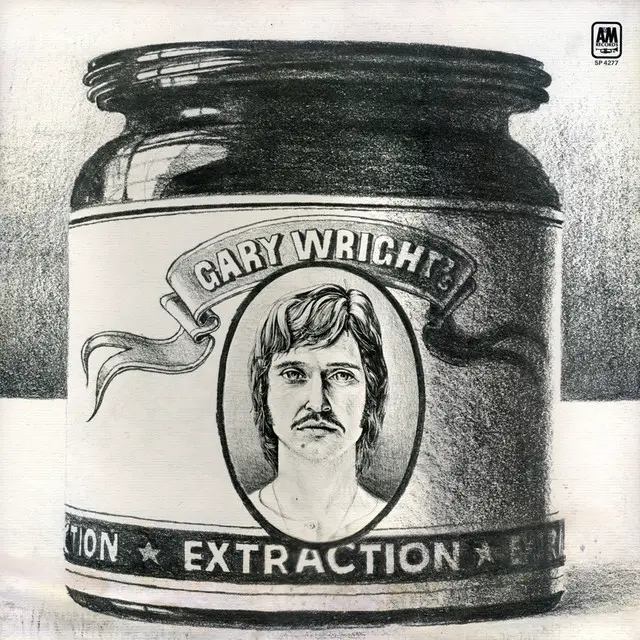
Extraction by Gary Wright (1970)
Joe’s Pick:
Gary Wright is an ever-talented keyboardist, singer, and songwriter known for many things. One being the driving force behind the psychedelic-blues band Spooky Tooth.
Spooky Tooth has garnered a cult-like following and, over the years, has been credited as an influential band of the era. Wright is also known for his association with The Beatles, particularly with George Harrison and Ringo Starr. He played on many of Harrison’s solo works, starting with his epic album All Things Must Pass as well as being a sporadic member of Ringo Starr’s All-Star Band.
But what Wright is most notorious for is his massive 1976 hit, “Dream Weaver,” from the successful album of the same name, which was Wright’s third album. The album is famous for its key-based-instrument-heavy approach, which was uncommon in popular music at the time.
What Wright is not known for is his first solo album, Extraction.
Extraction came on the heels of Spooky Tooth’s Ceremony and is both experimental and confusing, resulting in a commercial and critical failure. Ultimately, it led to the initial breakup of Spooky Tooth and the start of Gary Wright’s foray into solo work.
Why is it important to mention Ceremony? I feel it informs the meat-and-potatoes approach that was taken on Extraction.
It’s understandable why Wright didn’t want to take a chance musically at the time, but this is not to say there is anything wrong with his approach per se. After all, not everything can or should be Trout Mask Replica. To me, Extraction is akin to your favorite sitcom, something you could throw on whenever and enjoy. It’s entertaining and familiar in the best way possible. It’s got everything there is to love about that era of rock. Not to mention, it’s a contagiously catchy and cohesive work, supported by strong songwriting.
But the songwriting wasn’t the only noteworthy element of Extraction. Exceptional musicianship was exhibited across the album by Wright on keyboards, Alan White of Yes fame on drums, renowned session guitarist Hugh McCracken (played with the likes of B.B. King, Bob Dylan, Steely Dan, Roland Kirk, Dr. John, etc.), and Klaus Voormann on bass (known for playing on many of on various Beatles solo work as well Lou Reed’s Transformer).
Unfortunately, Extraction has never received the accolades or attention it deserves. Luckily, today, we are doing our part to bring it to all who want a ’70s rocker that is fresh to the ears but oh-so-familiar.
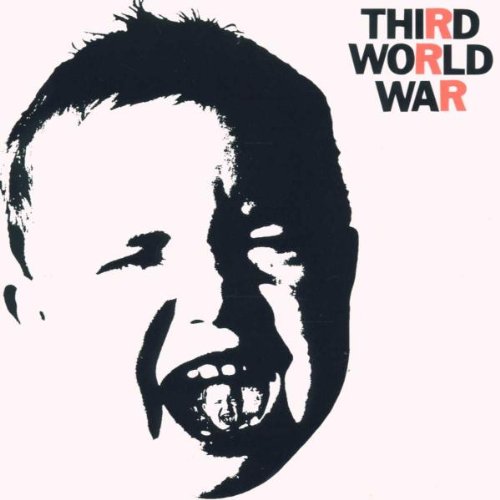
Third World War by Third World War (1971)
Andrew’s Pick:
If obscure and long since forgotten is what you’re after, look no further than English outfit Third World War.
Mixing blues, hard rock, and proto-punk, these U.K. slaves to the stage first hit the scene in 1970 with their self-titled debut record, which blended multiple genres in ways not often seen in this era. Third World War provided a different spin on the established norm as a quasi-power trio, laying the way for many as the ’70s unfolded.
The album itself was written by the trio of John Fenton, Terry Stamp, and Jim Avery, with Stamp and Avery doing most of the heavy compositional lifting and Fenton lending a hand on the production side of things. Once in the studio, engineer Phil Brown proved critical to the album’s evolution.
“I remember when they entered the studio, there was a lot of indecisiveness,” said Brown. “I told them, ‘Listen, I want a no-bullshit, working-class band – I’ve had enough of all this pseudo peace crap.’”
Brown’s attitude and the trio’s songsmith proved a potent combination, the fruits of which manifested what’s come to be known as “England’s first punk band.” With a tagline like that, you can be sure that Third World War is filled with far-left political sentiments and bold statements, which sadly affected the record’s sales, thus angering the band’s independent label, Fly Records.
Other challenges were attributed to the band’s hiring of studio drummer Fred Smith, who was more suited to pop, and the juxtaposing of keyboards and a horn section. All of this left the impression Third World War was a band without direction or perhaps facing an identity crisis, and maybe they were.
Further complicating matters was that Third World War had yet to take the stage together at the time of the album’s release, essentially leaving them a band in theory rather than in practice.
In the wake of the record’s release, Fenton, Stamp, and Avery put together “the best group of musicians they could find” and toured Finland, playing 35 mostly disastrous gigs in 30 days. Things went so poorly that Fly Records immediately dropped them due to “lack of commercial potential,” thus signaling the end of Third World War and sending this unique album into obscurity.
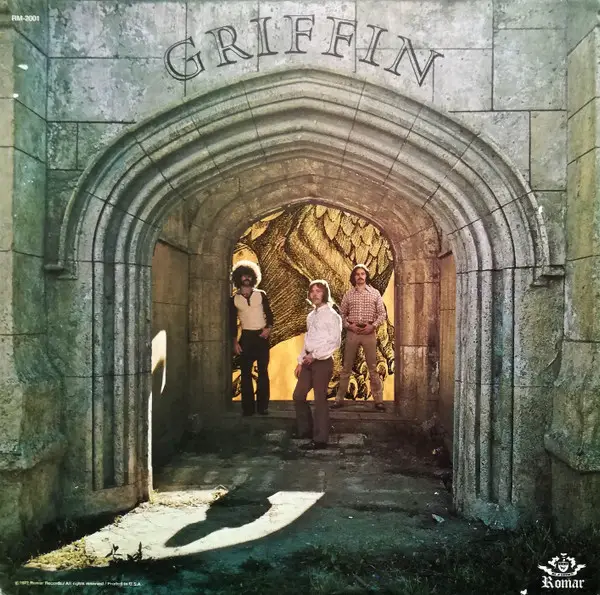
Griffin by Griffin (1972)
Joe’s Pick:
This album is one straight from the crate diggers vault.
The record first draws you in with its quirky album art. The cover has a beautiful looking ancient rune, and threw its window, a piece of what I surmise is a griffin is flying by. Looking out of place, holding their belt buckles, and sporting classic ’70s haircuts are only what I can assume is the band.
When I threw it on the turntable, I was pleasantly surprised; Griffin is equal parts funky and psychedelic, yet, at times, straight-out hard rockers seeth out. The guitar solos come to a crawl as the three-part harmonies, and tabernacle choirs sing over string arrangements. Certainly, a hard album to pin down sound-wise, and often albums described in such a way come off sounding like a collection of songs.
But Griffin pulled off an album that sounds ubiquitous.
As far as information about the band itself, after much research, not much was found. Besides this wonderful album released in ’72, Griffin only has a couple of singles to its name, all of which came out in ’72 or ’73. Griffin was released on the label Romar, a subsidiary of MGM, and Romar only survived about three years, from ’71 to ’74.
The band seems to have been a trio consisting of Gary Duckworth (guitars), George Green (drums), and Mike Brady (bass). Both Brady and Duckworth, at some point, appear to have been a member of the folk-rock group, The Sandpipers. Brady also became a busy session bassist as the years went on. It’s criminal the band only had one album and that so little can be found on them.
Those looking for a soulful, trippy, and eclectic experience will feel right at home here.
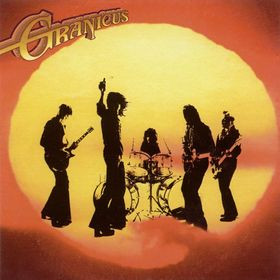
Granicus by Granicus (1973)
While many contemporaries were serving up meat and potatoes, Granicus aimed at fine dining, albeit with mixed results.
Fans of hard rock know full well the importance of the mid-west to the development and perpetuation of the genre in the ’70s. With acts such as KISS, Cheap Trick, Bob Segar, Ted Nugent, and more cutting their teeth on mid-western soil, the areas of Detroit and Cleveland, in particular, became a proving ground for all things rock ‘n’ roll.
Of the many acts that populated the area around this time, Granicus stood out amongst the pack with its sublime blend of hard rock, heavy metal, and progressive rock.
Initially formed in 1969, Granicus sported a six-man, three-guitar lineup, which was nothing short of revolutionary at the time. In the years since, bands such as Judas Priest, Iron Maiden, Accept, and Leatherwolf all brandished two and even three lead guitarists, but it was Granicus who perhaps did it first.
Backed by the trio of Wayne Anderson, Allen Pinell, and Howard Ross on guitars, frontman Woody Leffel spellbound audiences with commanding stage presence, and the rhythm section of Dale Bedford and Joe Battaglia was formidable to boot. With this lineup in place, Granicus slaughtered stages across Cleveland, promoting the band in grassroots fashion, catching the attention of major label RCA Records.
Signed in March of 1973, Granicus’s self-titled debut was released within months. Unlike any other band on the mid-west scene, the record immediately stood out, and Granicus’s annihilating live show blew headliners off the stage. The result was the band being asked to leave supporting tours with Bob Segar, Cactus, and Spirit, halting the album’s promotional cycle.
Assuming the record had no future, RCA cut Granicus’s resources off, and soon, the record was nowhere to be found in stores. Feeling discouraged and abandoned, Granicus quietly disbanded, relegating this dusty gem to be lost to annals of time.
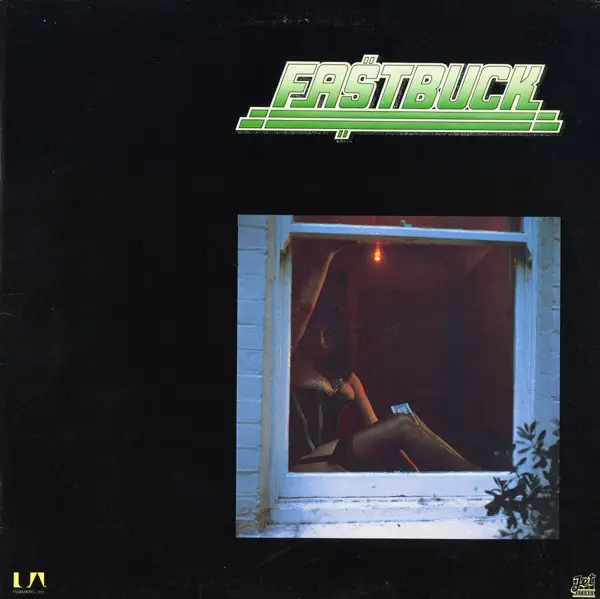
Fast Buck by Fast Buck (1976)
Rustic roots-infused, arena-inspired Fast Buck infectiousnessly emerged amidst a bustling mid-70s pub-rock scene.
Fast Buck’s origins date back to when Edwin Hamilton’s (lead vocals, guitar) former band Special Brew broke up. Hamilton wanted to form a new band in a similar vein and began looking for a lead guitar player. It seems Hamilton found his man in Andrew Locke, who at the time was with psychedelic-bubblegum-pop group Edison Lighthouse/Merlin Q.
Once in the fold, Locke brought in his brother-in-law Mike Baron on drums and his bandmate from Edison Lighthouse, David Kerr-Clemenson, on bass. Thus, the original lineup was born. Although Fast Buck would continue to tour through the ’80s, they only recorded one singular self-titled album in 1976 on Jet Records, and the album was only pressed once in ’76. However, a CD with the complete works of the band (b-sides, rarities, demos, live recordings, plus the album) came just a few years ago.
The album is filled with flawlessly executed three and four-part harmonies. Proto-glam metal tones are present throughout with songs like “Rock and Roll Star” and single, “Sometime Man.” Locke’s strong guitar work is evidenced by tracks like the funky “Rockin’ Chair Ride” and impressive closing track, “Come to the Country.” Rhythm section Kerr-Clemenson and Baron create a tight pocket that is prevalent throughout.
Fast Buck was a band that seemingly had it all. The fact that they never recorded another album is an enigma.

Ginbae by Ginbae (1976)
While excessive and prone to classic Japanese balladry, Ginbae is still unique, if not entirely singular.
I’d wager that this record is easily one of the heavier albums on this list and most certainly was very heavy for the time. In an age where metal music had not fully manifested – let alone become popular – Ginbae threw caution to the wind and ignored all conventional style cues.
As far as proto-metal goes, Ginbae is your ticket, with its sounds only being challenged by that of Judas Priest during this era. An exciting affair, to be sure, consisting of only five extremely long compositions defined by uniquely characteristic, over-amplified, and heavily phased guitar solos.
Having been released on private label Sea Side Records, Ginbae faced a myriad of issues, the most glaring of which is its poor sound quality. Despite this, Ginbae’s jarringly heavy sound cuts through a hazy mix. The doomy aesthetic, mixed with the awful recording, actually manages to formulate an entirely distinctive sound that might not have been there at all had Ginbae been afforded a more significant budget.
For my money, these Yokohama rockers may have made one of the heaviest proto-metal albums of all time and certainly one of the rarest. While Ginbae was merely a blip on metal’s radar, their footprint on the genre is massive.
Though never credited, Chirac would influence droves of vocalists that came after him. And heavy metal guitar would perhaps sound nothing like it does without the efforts of one Shinjuske Nakamura.
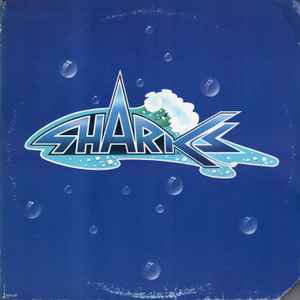
First Water by Sharks (1973)
For me, Sharks served as an unforgettable, bluesy, emotionally laden, and driving affair similar to anything the likes of The Rolling Stones were doing at that time.
Sharks were formed in the early ’70s after founding member of Free, Andy Fraser, left for other musical pursuits. The nucleus came together after Fraser convinced renowned session guitarist (and later producer) Chris Spedding to join him in creating a new band. Shortly after, Fraser recruited old chum Marty Simon as the drummer.
With the initial trio on board, Fraser began looking for a lead singer. Reportedly, the likes of Robert Palmer were turned down for the unknown Snips, AKA Steve Parsons. The Sharks were now fully realized, and this original lineup would go on to create the cult favorite First Water.
Sharks would experience various lineup changes in a few short years and record one more album during their initial run. While both albums were critically acclaimed, commercially, they didn’t pan out in the way Island Records had hoped. This led Island to pull funding from the band in late ’74, and Sharks quickly dissolved.
While Spedding and Parsons eventually reformed as Sharks around 2016, leading to some new music, their high point will always be First Water.
The stark contrast between the beautifully toned, crystal-clear simplicity of Spedding’s guitar work and the gritty, deep-throated growl of Snips’ voice is a thing of sonic beauty. Blend in a tawdry blues piano and fat bass lines from Fraser, and then add a pinch of Simon’s work behind the kit – a drummer who had perfected the art of the tasteful fill-in – and you end up with a recipe for perfection.
If you want to get a taste of what First Water has to offer, high points include “World Park Junkies” and “Snakes and Swallowtails.”
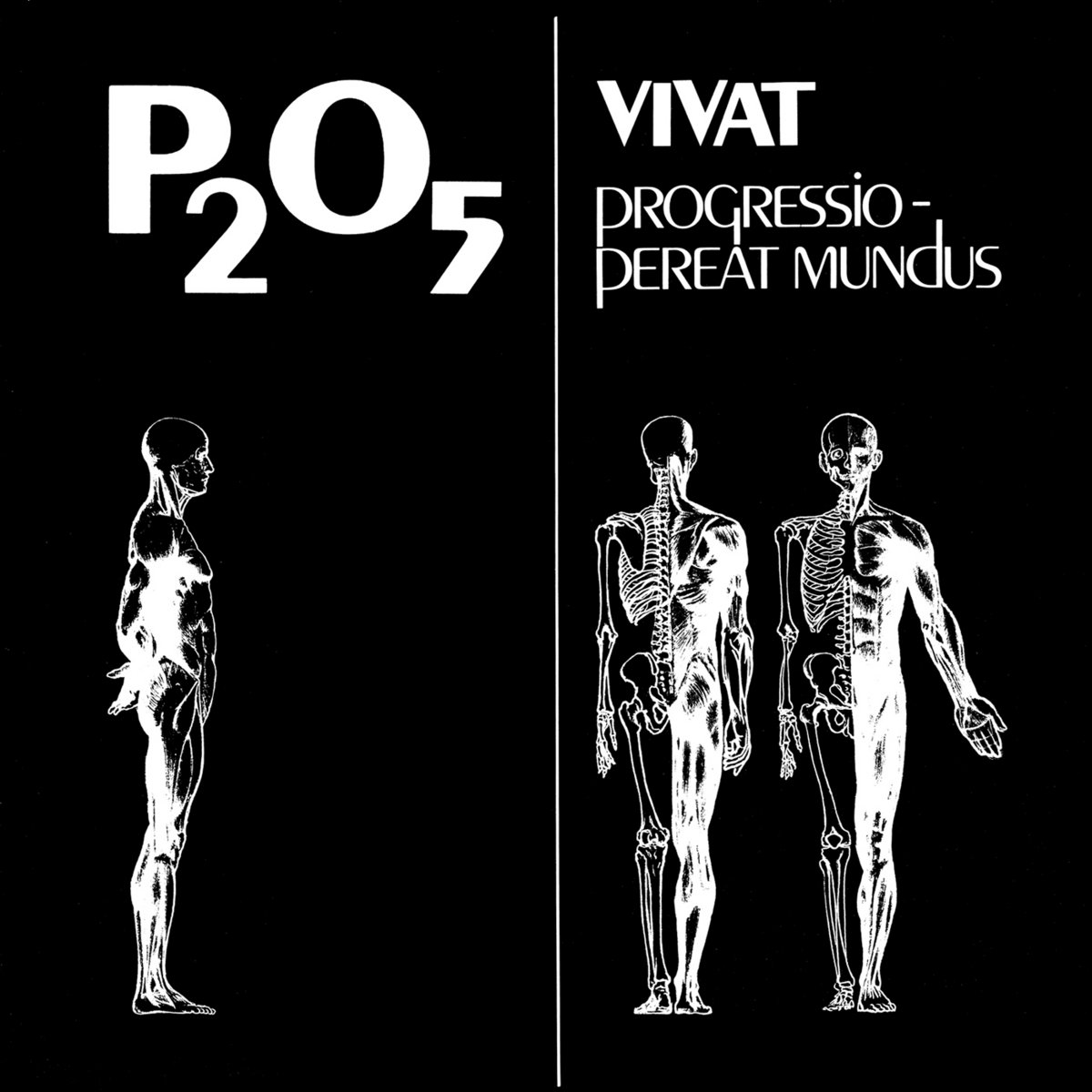
Vivat Progressio – Pereat Mundus by P205 (1978)
These German-bred rockers were a group who refused to be defined in blending prog rock, jazz, and metal, forming what is most often boiled down to as “krautrock.”
Formed in 1970 in Wendelstein, P205 began with four science-obsessed dropouts who merged their love of music and all things mystical to push the genre of rock to places unknown. By 1971, P205 was gigging around Nuremberg, playing cellar shows, school parties, and anywhere else that would have them. When not gigging, the band often spent its time in the woods, writing lyrics based on the sights and sounds they observed around them, probably with the aid of various chemical compounds.
P205’s fortunes turned in late 1971 when the group entered a talent show for local station SWR radio, ultimately taking second place, primarily due to the set’s closing track, “Hangman.” In the wake of the show, PS05 attracted some local label interest. Over the next several years, they alternated between releasing singles and continuous gigging throughout Germany but never released an album worth of songs.
That all changed when in 1978, Brutkasten Records came calling and offered P205 an opportunity to record its debut, manifesting the complexly beautiful Vivat Progressio – Pereat Mundus.
Interestingly, after nearly a decade together, P205 had yet to hone in on a signature sound; this record is a bit all over the place and can prove to be a challenging listen. But if you can get through it – let alone understand it – the music opens up and speaks to the listener in some exciting ways.
Kraut rock is a polarizing genre and certainly is not for everyone. Still, when it comes to P205, Eddy Lotter, Helmut Hiebel, Konny Hempel, and Rainer Hauser had it going on, and they made what I would call a confusingly majestic affair. Not surprisingly, Vivat Progressio – Pereat Mundus would be the band’s only release.
P205 would soldier on until 1982, finally ending their quest, thus leaving their sole album to drift through the wildness on its own for eternity, aimlessly and beyond.

Rootin’ by Navasota (1972)
Raucous Texans, Navasota, consisted of vocalist Dicky Sony, bassist Paul Minter, drummer Lindsey Minter, and double-trouble guitarists Ray Pawlik and Steve Long.
Forming in the late ’60s, the boys would go on to record their only album Rootin’ in 1972, and it proved to be a stone-cold classic. ABC Records brought Donald Fagen and Walter Becker of Steely Dan fame in as additional unofficial producers for the album’s recording. The duo also served as string and horn arrangers, songwriters (“Canyon Ladies”), and Fagen as the band’s de-facto piano player.
Interestingly, Rootin’ only has one song that clocks in at over four minutes in an era where contemporaries such as Lynyrd Skynyrd and Allman Brothers Band were releasing singles such as “Free Bird” (over nine minutes) and “Jessica” (over seven minutes). When you take the directly brief nature of the songs into account, along with the veritable southern buffet of sounds used on the album, Rootin’ certainly makes for a unique and refreshing listen.
Rootin’ kicks off with the raw and beer-soaked number “Western Boots.” A memorable first track that has Sony scatting over fuzzy guitars with a Memphis-style horn section that would feel at place on any Stax record. Another standout on the first side was the pastoral honky-tonk number “Ballad of a Young Man.” This song had the band pulling out its best country tropes, complete with fiddle, Fagen on tack piano, and renowned session player Jeff “Skunk” Baxter playing a dynamite steel guitar.
Navasota was truly channeling Hank Williams and The Drifting Cowboys in the best way possible. Two great covers saw their way onto side two with bluegrass standard “Ole Slew-Foot” and Howlin’ Wolf classic “I’m Leavin.” But without a doubt, the best song is “Heat of the Night,” which finds Navasota in its purest form: hard-edged, grimy and dirty, down-the-middle, southern cock-rock.
I love “Heart of the Night,” as it’s the only number without arrangements, writing, or playing from the dynamic Steely Dan duo. As much as Fagen and Becker added to Rootin’, being free of their influence would have elevated Navasota to heights unknown. Instead, we will be left to wonder what could have been and enjoy what is still a substantial effort in Rootin’.
While Navasota’s brand of southern rock would go unnoticed at the time by the general public, a deep cult following would develop in their home state of Texas. Rootin’ has aged well over the years and become a favorite of fans who love ’70s blues and southern rock.
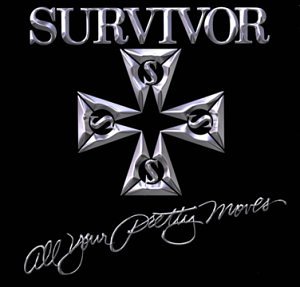
All Your Pretty Moves by Survivor (1979)
As is always the case, the east coast of the U.S. is often left out of the equation when it comes to metal and hard rock.
Louisana-based rockers Survivor bettered Thin Lizzy at their own game from post to post. As down and dirty as it gets, Survivor’s dual guitar attack was akin to a firing squad from hell, with seismic riffs and piercing solos threatening to rupture listener’s eardrums within minutes of switching on this band’s 1979 effort, All Your Pretty Moves.
Some groups are forever relegated to the scrap heap, and sadly, for Survivor, their fate was as such. Many bands throughout the ’70s attempted to do what they did – no one matched them. In the ’80s, they influenced droves who came after – few credited them.
Survivor was a direct contemporary of Thin Lizzy and a significant influence on Judas Priest, but when both those bands are mentioned, Survivor is always left out of the conversation. I suppose that it’s simply trendier to talk about chic bands out of Ireland or leather-clad badasses from the U.K.
Sadly, All Your Pretty Moves proved to be Survivor’s only full-length record. Its tough, gritty, yet groovy nature proved unmistakable and certainly plays as a product of its era. You’ve heard of Phil Lynott; well, how about Brian Clark? To be sure, you’re familiar with Scott Gorham and Brian Robertson, but have you gotten acquainted with Pat O’Hara and Paul Restovich?
What more can I say? Survivor is a band that deserved better. It deserves its place in history. And it certainly deserves better than being mistaken for a bunch of guys piggybacking onto the success of Rocky in the ’80s.
If you haven’t heard this album, go back and listen to the real Survivor. All Your Pretty Moves is a decade-defining and odds-defying effort that, sadly, no one cares to hear.
– Andrew Daly (@vwmusicrocks) is the Editor-in-Chief for www.vwmusicrocks.com and may be reached at andrew@vinylwriter.com & Joe O’Brien (@JoeOB1005) is the Senior Columnist for www.vwmusicrocks.com and may be reached at joe@vinylwriter.com
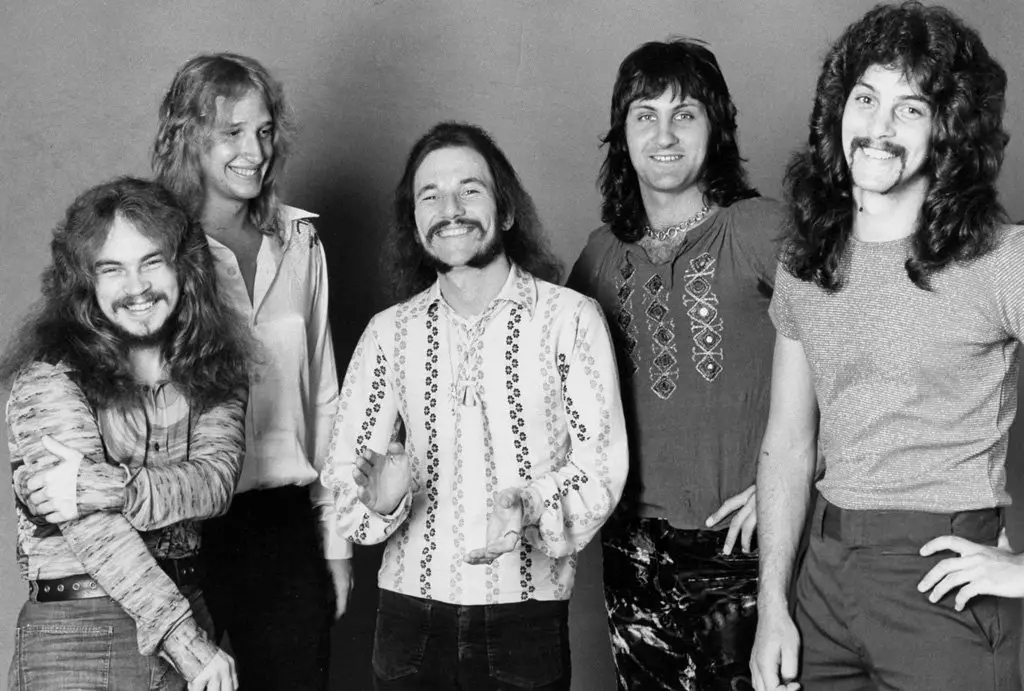




Leave a Reply